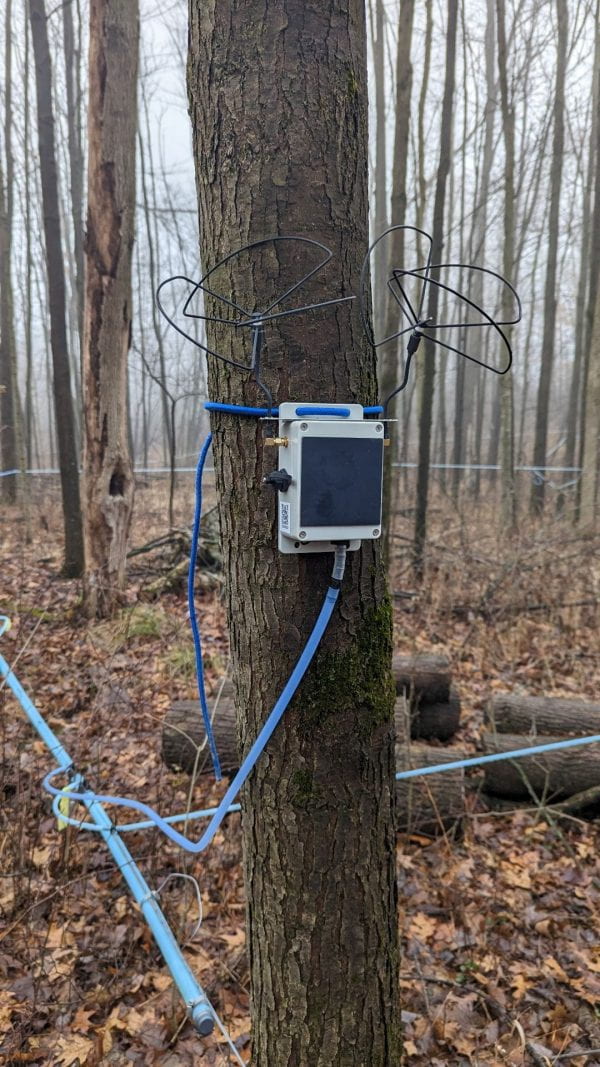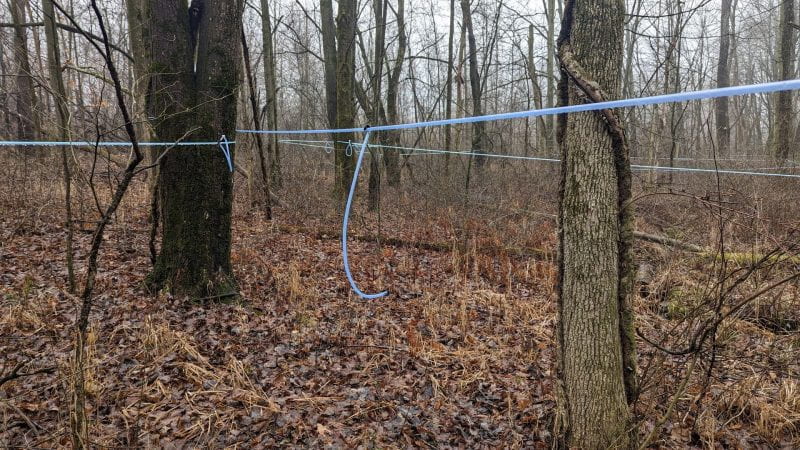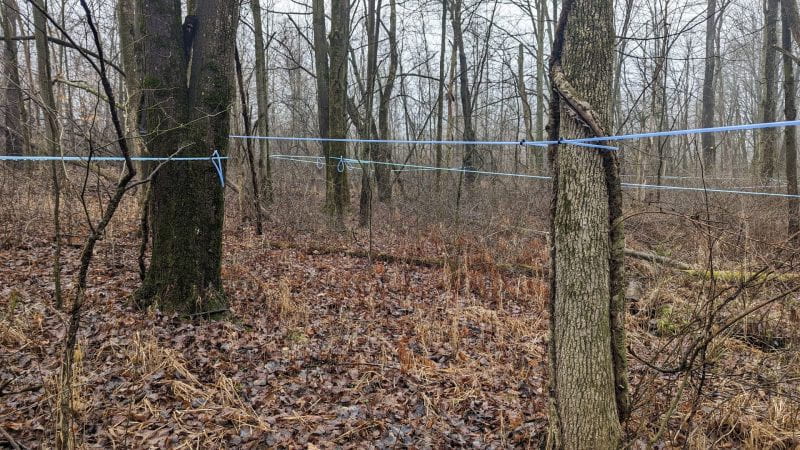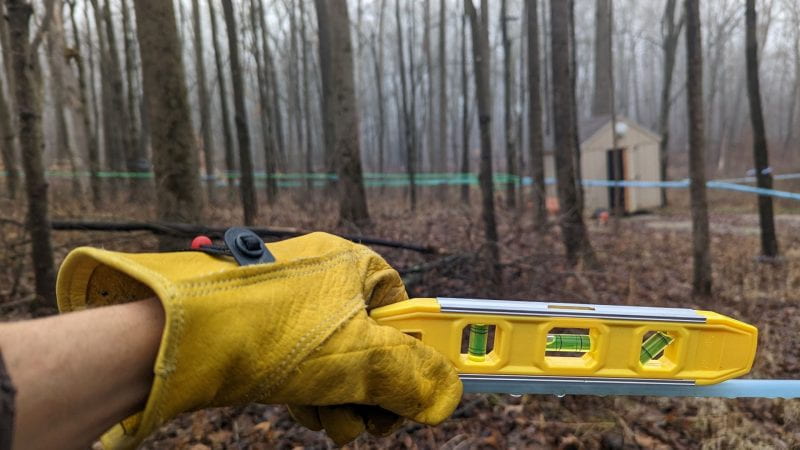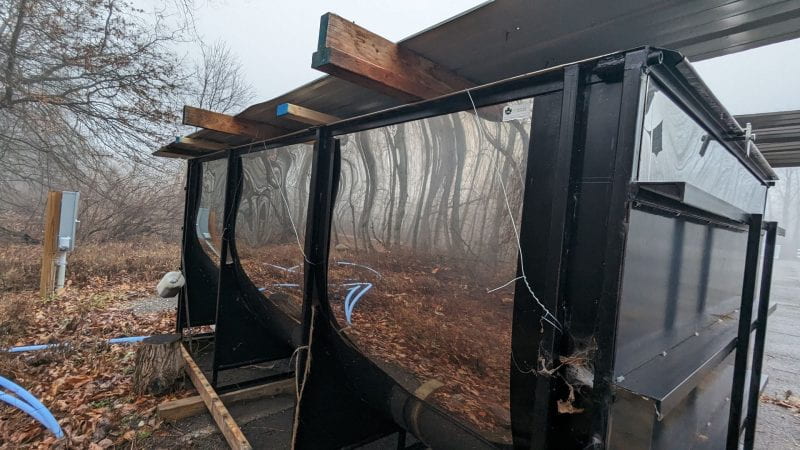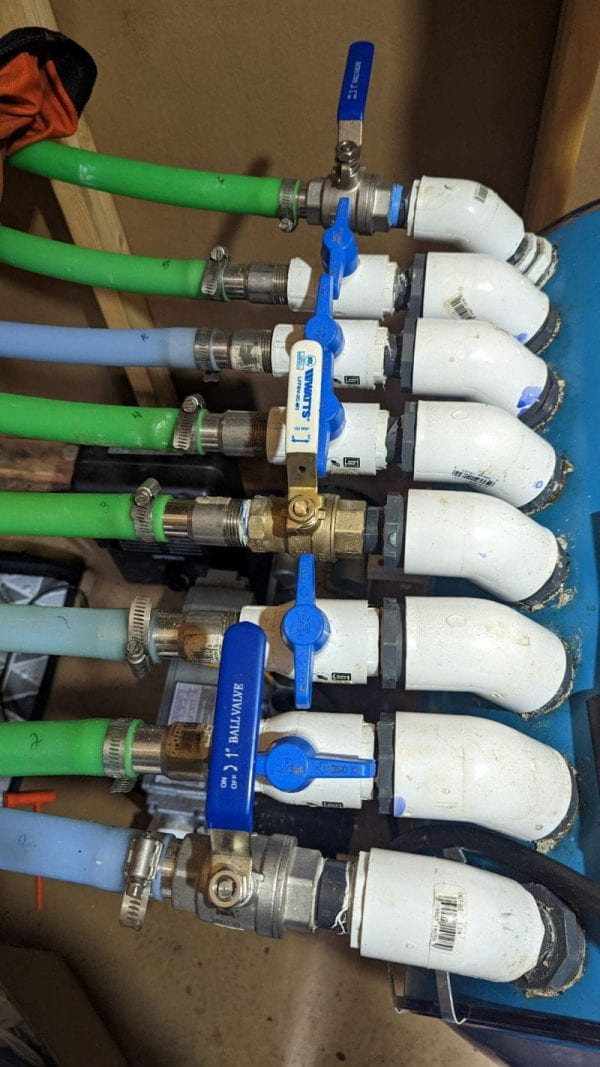Join Associate Professor, Dr. Stephen Matthews to learn about USDA Forest Service’s Climate Change Atlas. He will introduce this tool that is based on over 2 decades of research with a goal to help us understand the impact of climate change on our trees. When you have heard us talk about red maple’s favorable position in the face of an uncertain future, the work of the Climate Change Atlas is what we are drawing from. Register for the April 12th webinar HERE.
Future Generations University is offering a webinar this Thursday evening, March 21st at 7 PM. The Appalachian-based program Out of the Woods hosts guest speaker Dr. Catherine Belisle (Cornell University) and Lindsay Kazarick (Future Generations University) to discuss maple confections and event-based marketing. REGISTER here.
Here’s a little bonus video to enjoy featuring Cornell University’s Arnot Teaching and Research Forest in New York.
SAVE THE DATE for 2024’s Ohio Maple Days – December 7. We will be shifting locations this year due to a scheduling conflict at our normal venue at Ashland University. You can look forward to this year’s Ohio Maple Days landing at Wooster’s Secrest Arboretum.
And speaking of events, we hope everyone got to participate in Ohio’s Maple Madness Tour. Whether by opening up your own operation to visitors or by venturing out on the tour yourself, Maple Madness is a signature springtime event that should not be missed. We hosted somewhere just shy of 100 folks throughout Saturday, March 2nd at the Ohio State Mansfield campus. Thanks to all who came, and a BIG THANKS to everyone who led tours of the wetlands, sugarbush, and kept the evaporator steaming all day long.


















